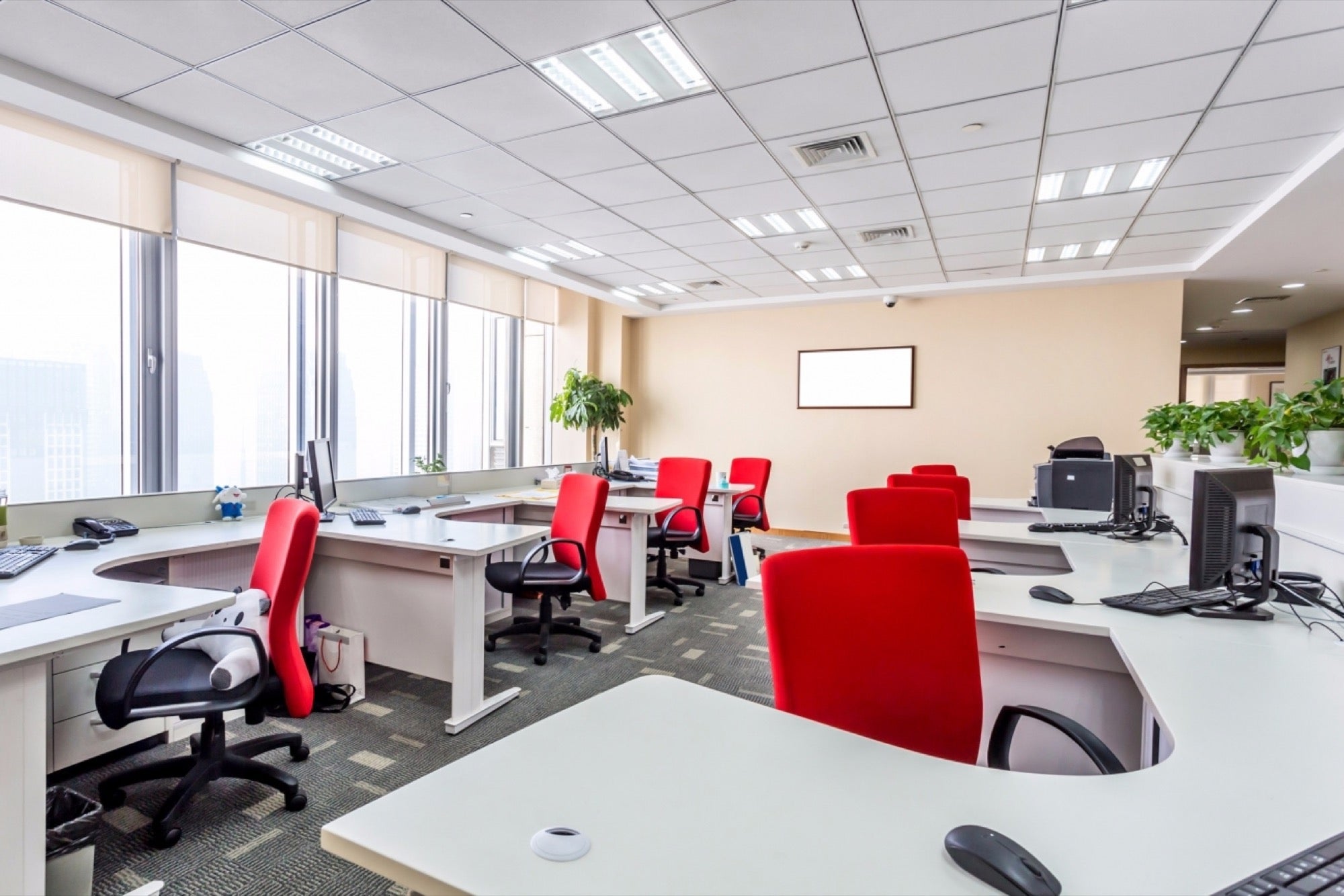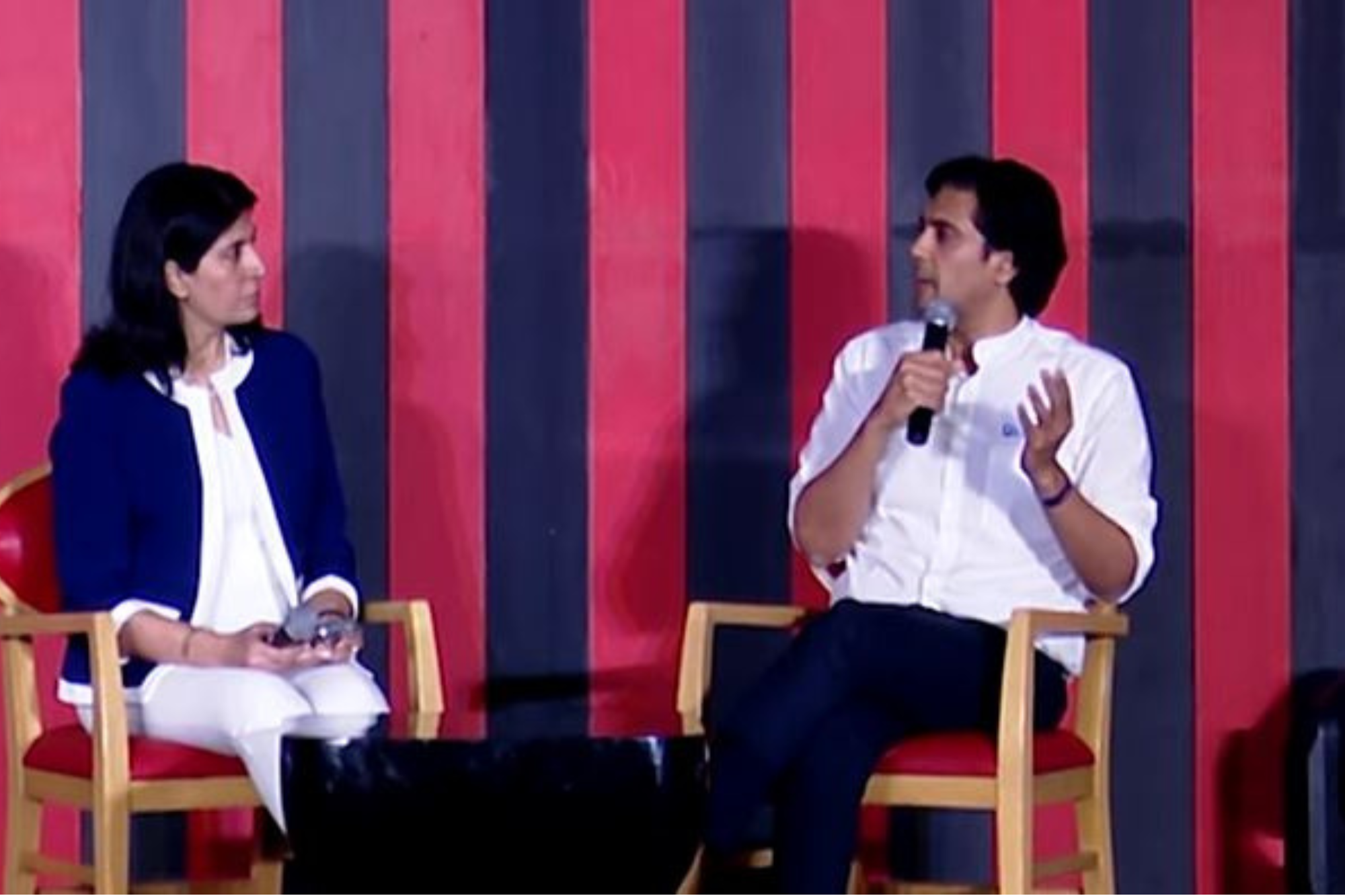Progressive Workplace Designs For Future Offices With the workforce structure changing rapidly, office design also transformed as per the requirements of the employees.
By Himanee Mrug •
Opinions expressed by Entrepreneur contributors are their own.
You're reading Entrepreneur India, an international franchise of Entrepreneur Media.

There was a revolution of sorts in the late 60's and early 70's when women employees stormed their way into the office space. Since then, women have come a long way, gradually climbing the corporate ladder and carving a niche for themselves. With the workforce structure changing rapidly, office design also transformed as per the requirements of the employees. At present, companies are opting to break the perimeters of a traditional cubicle-led office and are following an egalitarian approach.
Contemporary offices have positively helped to create a better work life, enhanced productivity and ensured collaboration amongst the staff. Women today are considered to be equal to their male counterparts and an asset for any organisation. To encourage the existing female workforce and the ones about to step in, companies could add ina little feminine touch to the everevolving modern work zones. How do you do it? Here are a few things, we recommend:
Furniture
Employees spend majority of their time in office, most likely seated on a standard chair in front of a computer that is lodged on a bulky desk. This right here, needs to be changed. Offices could invest in high quality ergonomic chair that will adjust its height and also benefit the spinal cord by reliving pressure, increasing blood flow and eliminating the back pain of every working individual. For example, women face more calcium deficiency which results in reduced bone density when compared to men. Improper seating and work equipment further aggravates such health issues in women, who have desk based jobs.
Also, it is a known fact that majority of Indian women are of an average height. Therefore they need to raise their seats to comfortably work at their desk. This may work for some, but for others, it may either leave their feet hanging or rested on tip toes. This leads to an odd posture. To eliminate such discomfort, it is advisable to maintain some footrests which could be distributed as required. This would not only reduce the stress on posture but also enhance productivity.
An ergonomic chair that is equipped to provide lumbar support and height adjustment is always recommended. Height adjustable and reconfigurable workstations or sit-stand desks would also be an added boon, as they would bring about more flexibility in a work space. Office furniture should be light-weight, easy to manoeuvre, stack and stow. New age collaborative furniture fulfils a lot of these expectations and users can reconfigure these as per their requirement.
Storage is another factor that needs to be considered, smaller drawers suitable for keeping files or stationery is not the only requirement. Women require space to store their personal belongings like handbags, laptop bags and other essentials. Keeping this in mind, offices could provide individual locker storage facilities for their women employees. This would portray the organisation as being sensitive to the unique requirements of both genders. Add in a few stylish yet spacious cabinets or some discreetly placed hooks at the desk. It's about time we give the floor and back of the chairs a break from playing the role of a bag station.
Sanitation
Sanitation is a problem, often faced by employees of an organisation. It would be nice if companies could plan for basic WASH (water, sanitation, and hygiene) facilities for women. A separate wash room preferably with individual stalls should be planned for the female employees, well-equipped with basic facilities like cabinets for keeping women essentials and a provision for proper disposal like closed dustbins to take care of the waste. Bathrooms must have toilet roll holders (preferably with toilet rolls on it). This simple yet considerate gesture will spare the inconvenience faced by women. Regular maintenance of bathrooms is something that should be done for the sake of humanity, not just for women, however, female employees feel comfortable if toilets are cleaned and fixed (whenever required) at regular intervals.
Hygiene is not limited only to bathrooms, it is also applicable to messy desks, unclean furniture, air vents and office space. Cleanliness should be of utmost importance for any company. This will lead to a healthy and better work environment for the entire workforce.
Designated/ Private Areas
In recent years, there has been a significant rise in expectant mothers working through their pregnancy and contributing to the organisation. Keeping in mind the sensitivity of their condition, companies should dedicate a resting area for them. A small, cosy space with a comfortable couch or recliner should serve the purpose. A few companies have started providing a nursing mother's room with adequate storage and freezing facility and this is a great beginning. Lack of such dedicated space in the past, made the ladies use washrooms, store rooms or even meeting spaces which used to be both unhygienic and awkward. If an organisation has the luxury of space and erratic working hours, a small day care or crèche facility could be planned to accommodate the requirements of working mothers and some fathers.
Independent working women are a matter of pride not just for their families but also for their companies. Offices should provide women with equal opportunities and a culture that will respect their requirements as individuals. Though these concepts may not the break the glass ceiling of a perfect office, it will surely have a positive impact on satisfaction, productivity and happiness of the female employees. Let your organisation set an example by providing a women friendly workplace, good intentions will not only make you stand out but also encourage others to support them.











